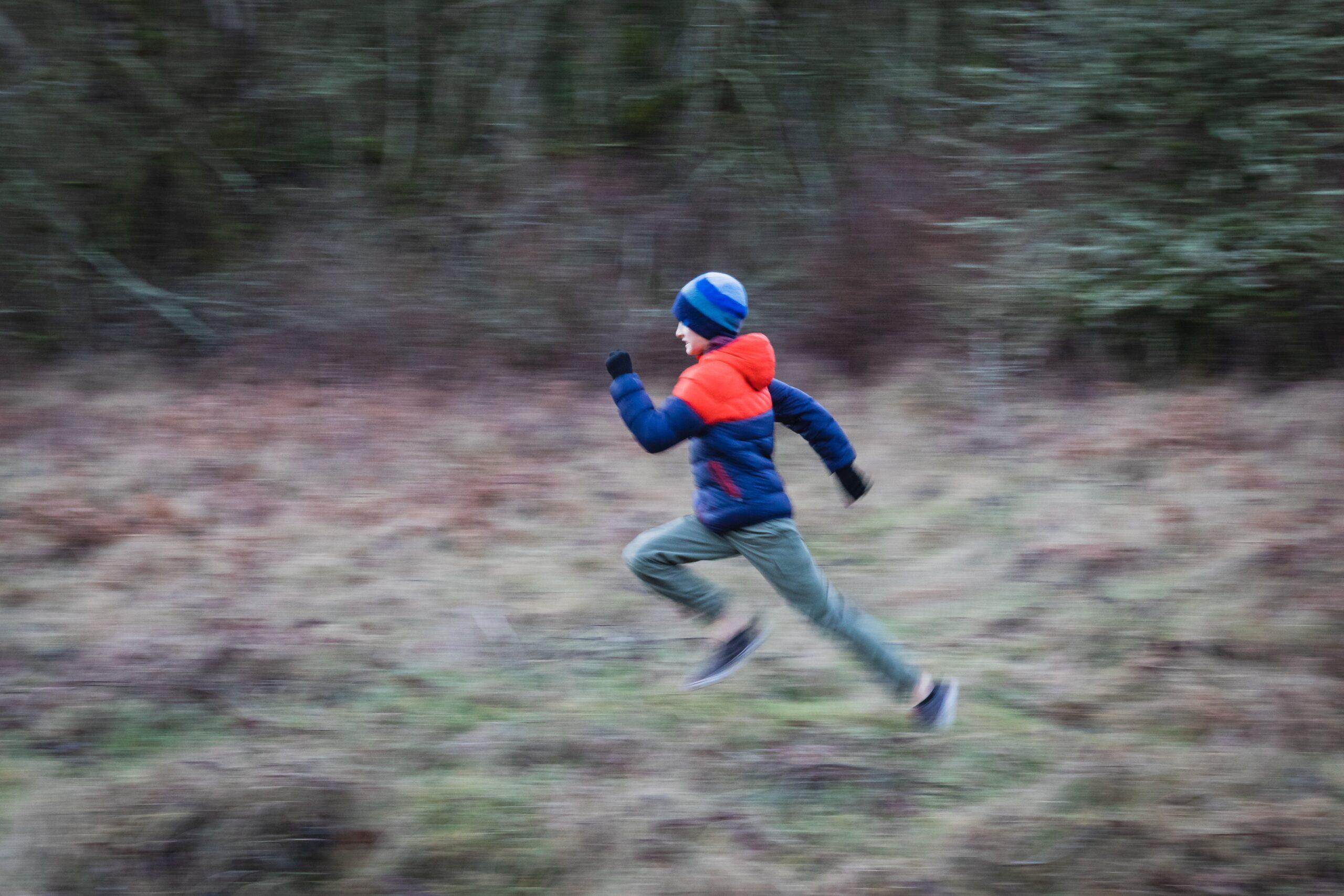Not too many years ago, it was common for children to spend the hours after school and into dusk playing in fields, parks, backyards and other local terrain. Without becoming too nostalgic that children are not engaging in the same amount of physical activity as they were a generation ago, we are beginning to witness the problems that result from childhood inactivity.
Lack of exercise has a significant impact on children’s development and optimal functioning, causing health issues such as diabetes and obesity and hampering cognitive abilities. Basically, when children develop good movement habits, much as effective study habits and social skills, they are primed for overall wellness and success.
Involvement in fitness and exercise is quite misunderstood. Parents are generally motivated to sign up their son or daughter for a particular sport, such as soccer or basketball, with the belief that it will help their child develop athletic skills and fitness. The problem: Sports are actually a culmination of many specific and highly specialized movement patterns. If the basic foundations of movement are not properly developed, it’s difficult for a child to excel in a particular sport. Furthermore, such a child may be likely to get injured.
Sports are not dangerous. However, playing sports when the body is unprepared for such demands can yield problematic consequences. Simply because a child can move does not necessarily mean that he or she is moving optimally. I frequently compare physical development with progression in mathematics. You would not expect a kindergarten class to be capable of performing calculus equations. It is the equivalent scenario when we place young athletes on a soccer or football field. It comes down to developing prerequisite skills.
Young individuals with developmental disabilities, including autism spectrum disorder, PDD and ADHD, often exhibit deficits in gross motor movement, coordination and motor planning. The right types of physical activity can dramatically improve these issues. The immediate introduction of sports, however, when the most complicated movements are introduced first, only stifles progress and frustrates children and their parents.
Especially for children with special needs, the world of athletics can be frustrating and confusing. Rules and objectives in sports are complex, as is the often-daunting issue of social interaction. But, if we begin with a physical fitness program that addresses basic movement patterns, eventual participation in sports can be a reasonable goal.
As parents, be mindful of how general and adaptive physical education programs address fitness. Many education programs focus only on the development of specific game skills for various sports, or simply allow the child’s class to choose an activity and play at will. This is a major factor in the decrease of participation in gym class. If students do not enjoy a sport, or any sport for that matter, it becomes difficult to convince them that fitness is a worthwhile endeavor.
Allowing children to explore movement and athletics on their own is fine. But, again, we wouldn’t expect to enter a math classroom with textbooks and calculators piled on the desks, along with instructions for the students to pick their favorite trigonometry problem, and simply watch as students unschooled in trig enjoyed the problem-solving opportunities. Physical education requires an educational component, too. And yes, it should be fun as well.
What is an appropriate physical education curriculum and what does it need to address? The cool thing about physical education is that it can be taught as effectively in the home as in a school setting. For young children with developmental disabilities, the home is often an optimal setting— free of extraneous chaos, and good for both one-on-one attention and consistent reinforcement. When creating a physical fitness program, focus on the five basic movement patterns: pushing, pulling, rotation, level change and locomotion.
Pushing and pulling activities are pretty simple and can entail a variety of different equipment, such as body weight, light resistance bands and medicine balls. Pushing and pulling are essential activities for daily life skills. Rotating the trunk and being able to orient the body are important for daily movements and have applications for sports.
We perform level changing movements every single day. Picking up laundry or toys off the floor, getting in and out of the car, and ducking under a hurdle are all examples of level changing, occasionally known as “squatting.”
Locomotion refers to any activity that relies on getting from point A to point B, or any other letter. Crawling, walking, sprinting, hopping and skipping are just a few of the many examples of locomotion.
Creating a simple, fun and effective exercise program for the home or classroom does not have to be an overwhelming challenge. When teaching exercises to young individuals with developmental disabilities, it helps to begin with the most basic of each type of movement and break down each component of the exercise into small, easy steps.
For example, I might separate a pushup into five steps, beginning with laying prone, or stomach down, on the floor, and gradually developing each movement in the chain until the child is performing a complete pushup independent of any guidance or prompting. If exercise is a new or somewhat cumbersome activity, pair fitness programs with activities, items or sounds that reinforce the athlete. Music is a great companion to exercise, as are favorite toys or the opportunity to play with a preferred piece of exercise equipment, such as a stretchy band or soft medicine ball.
Fitness should be an essential part of both academic and domestic programs for individuals with special needs. The idea is not to raise a generation of athletes; rather, it’s to develop fundamental movements that have a direct impact on daily skills, aspects of independent living, self-efficacy and self-esteem. When the entire family participates in exercise, fitness and health become more easily, and happily, attained goals. Exercise is something we do. Fitness is something we live.
Here are quick tips on what an exercise program, whether in the classroom, gym or home, should entail.
- Incorporate exercises that focus on the big five movements: pushing, pulling, rotation, level change and locomotion.
- Choose the simplest form of each exercise to begin with, gradually making the exercises more challenging once the child masters the basic movement.
- Engage in preferred activities, like listening to music, or pair exercise with reinforcement, such as giving verbal praise and granting play with preferred toys.
- Save sport-specific skills for future consideration. Yes, it is fine to shoot some hoops or throw around a football, but such activities should not be the primary focus of a physical development program. Activities like these are specific movements with limited application.




